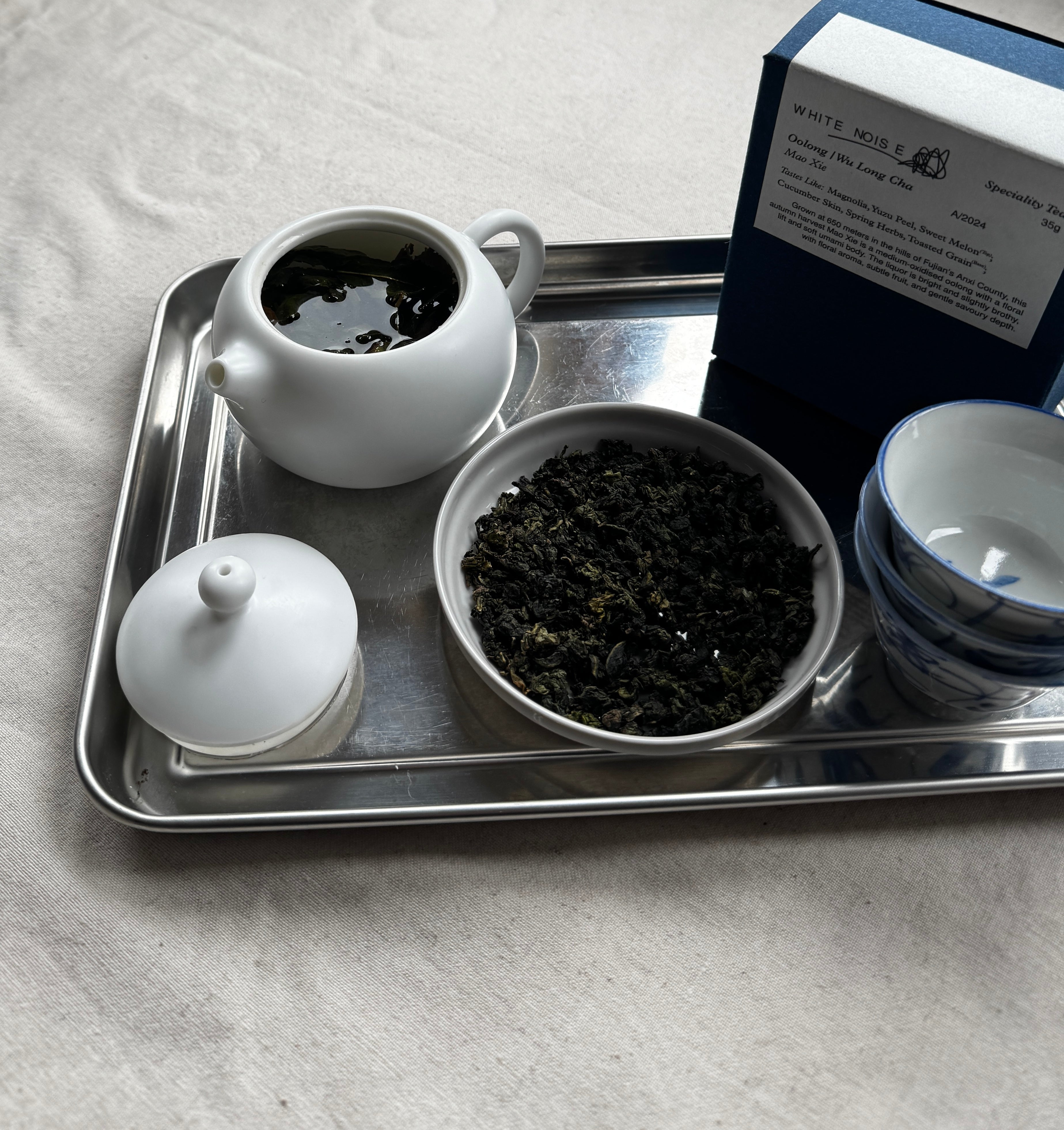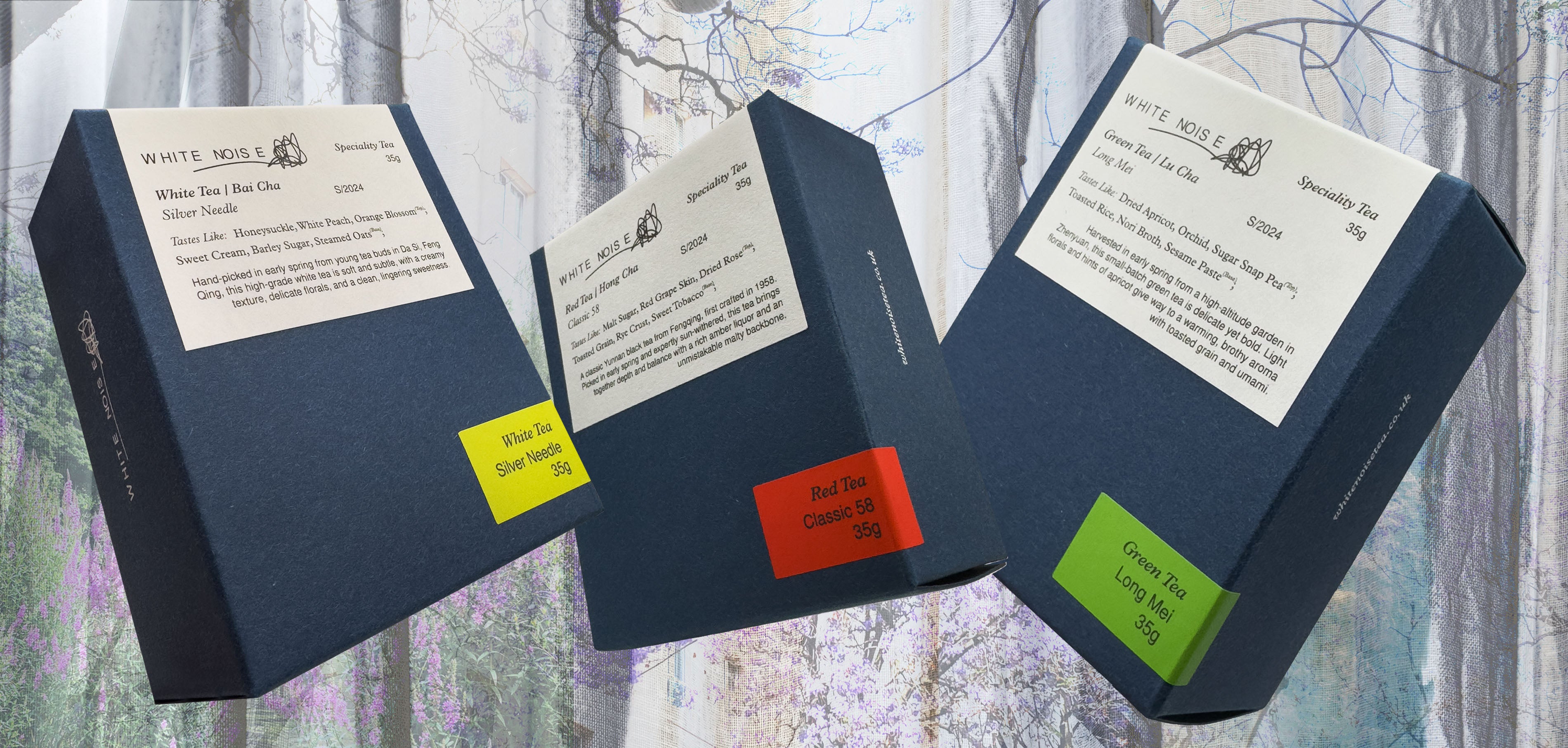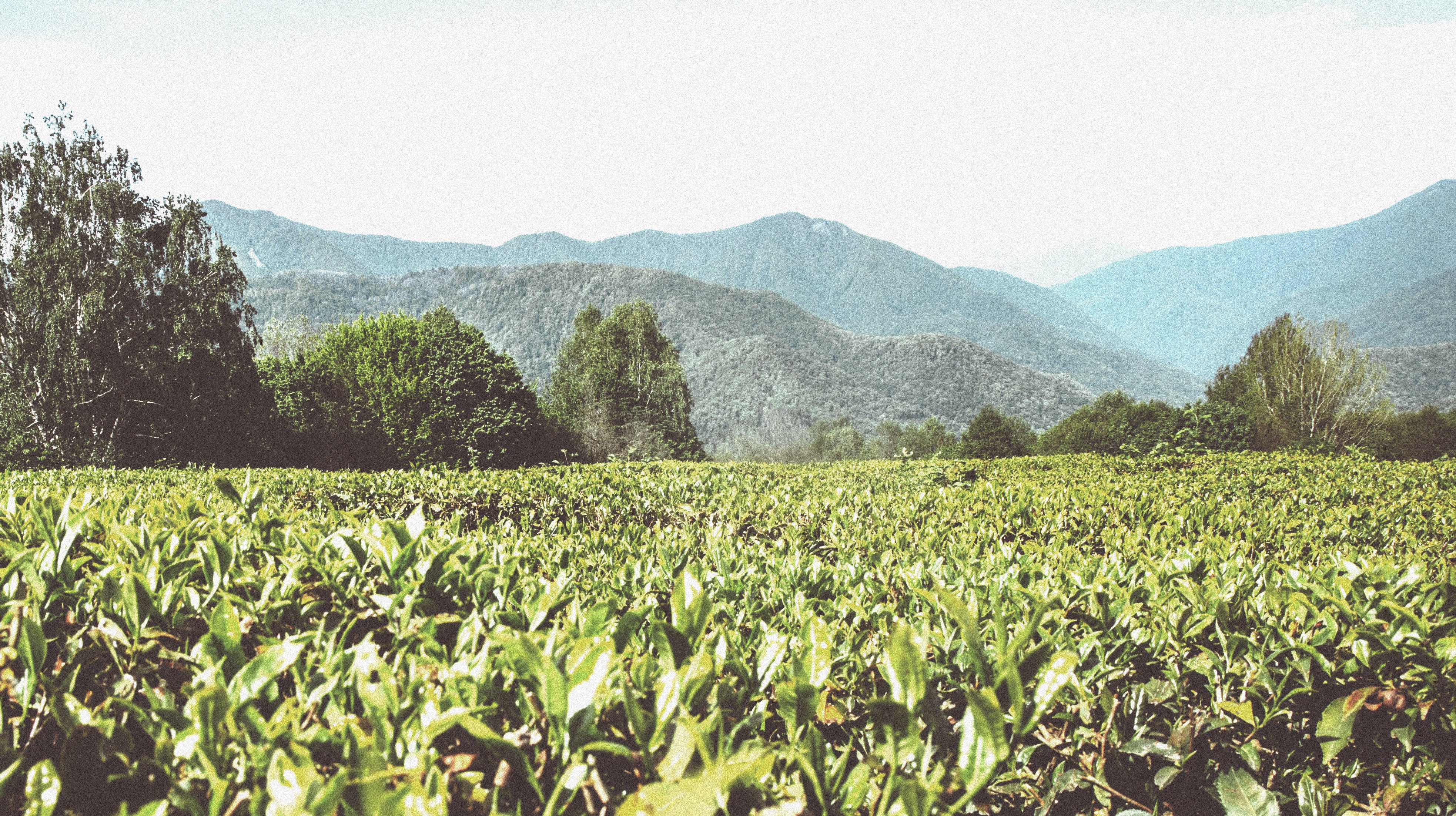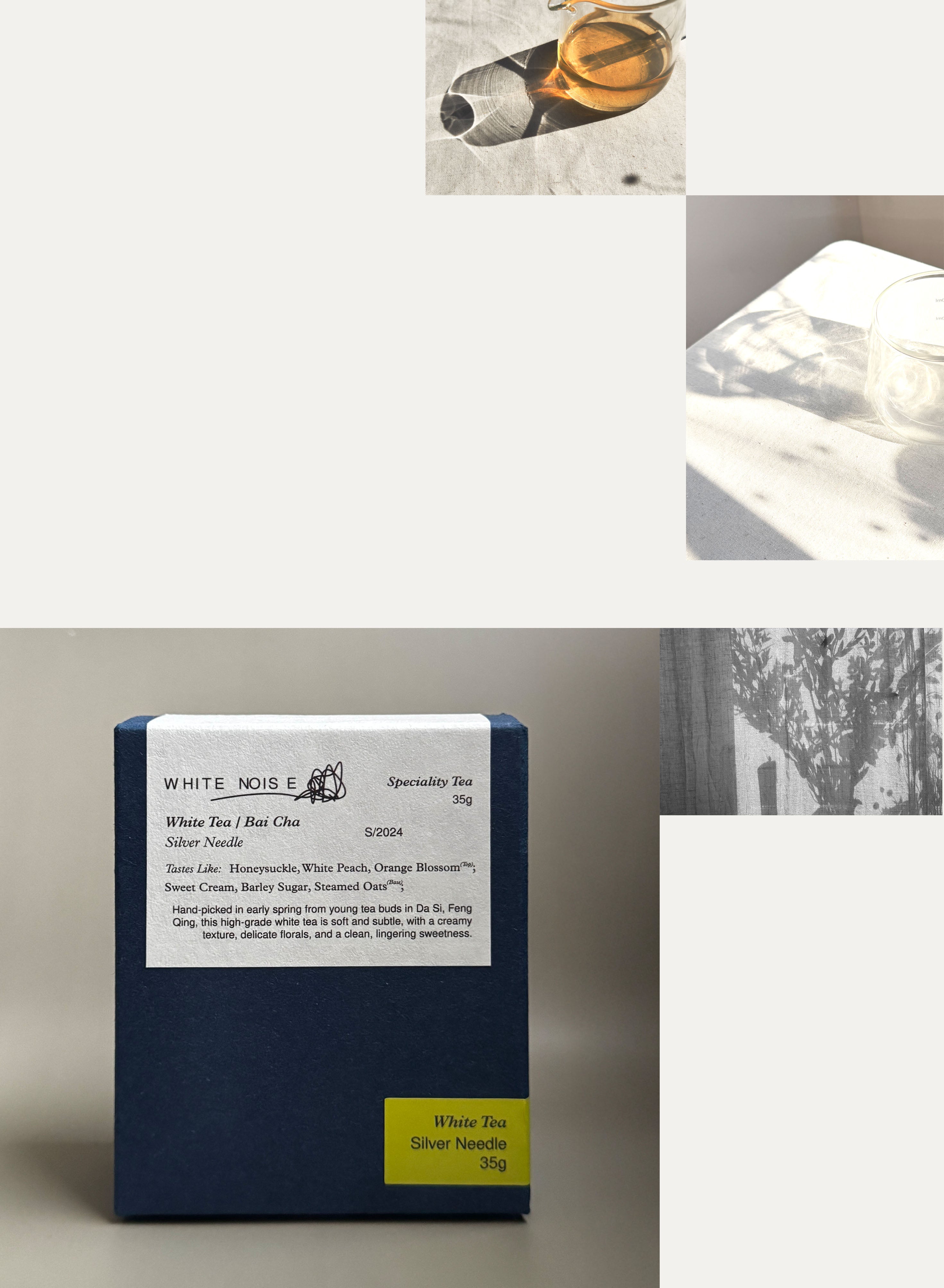We source specialty loose leaf teas with a focus on origin, character, and careful production. Our range includes small batch teas from Yunnan, China, selected for their quality and the way they reflect the place they come from and the people who made them.
It started as a personal interest. The kind that slowly takes over your shelves. We were drawn in by how different each tea made us feel, some give a strong caffeine lift, others are calming or more focused and we just liked the variety and the quiet routine of it all.
We mostly work with small batch producers from Yunnan, China. They’re single origin, small batch, and made by people who grow and process the leaves themselves. Nothing is blended or flavoured. Just tea, picked and handled with care.
Yunnan is where tea began. Some of the ancient trees are still growing wild or semi-wild, especially in the higher mountain areas. The region’s elevation, climate, and older tree varietals all shape the tea in ways that give it a certain depth and character.
We look for teas that feel alive and distinct. Some are mellow and grounding. Others are bright or aromatic. Within one region or garden, the differences can be huge and that’s part of what makes it so compelling.
Most of what we carry is picked in early Spring, often in small lots. The growing and processing are usually done by the same hands, and that closeness comes through in the final cup.
We’ve tried to keep the selection simple. Everything here is something we drink ourselves, and the list will shift a little over time. Some teas will return each season, others will rotate depending on what’s available and what stands out.
We also care about the things you brew with. A teapot or cup might seem like a small detail, but over time it becomes yours. Some of our pots, especially the unglazed clay pots will absorb traces of the teas they hold, gradually shaping the flavour. Over time, they develop what's often called a 'tea memory'
You don’t need to go deep into teaware, but if you use the same pot often enough, it starts to change with you. The flavour softens, the surface stains, and it slowly becomes part of how you make tea.



